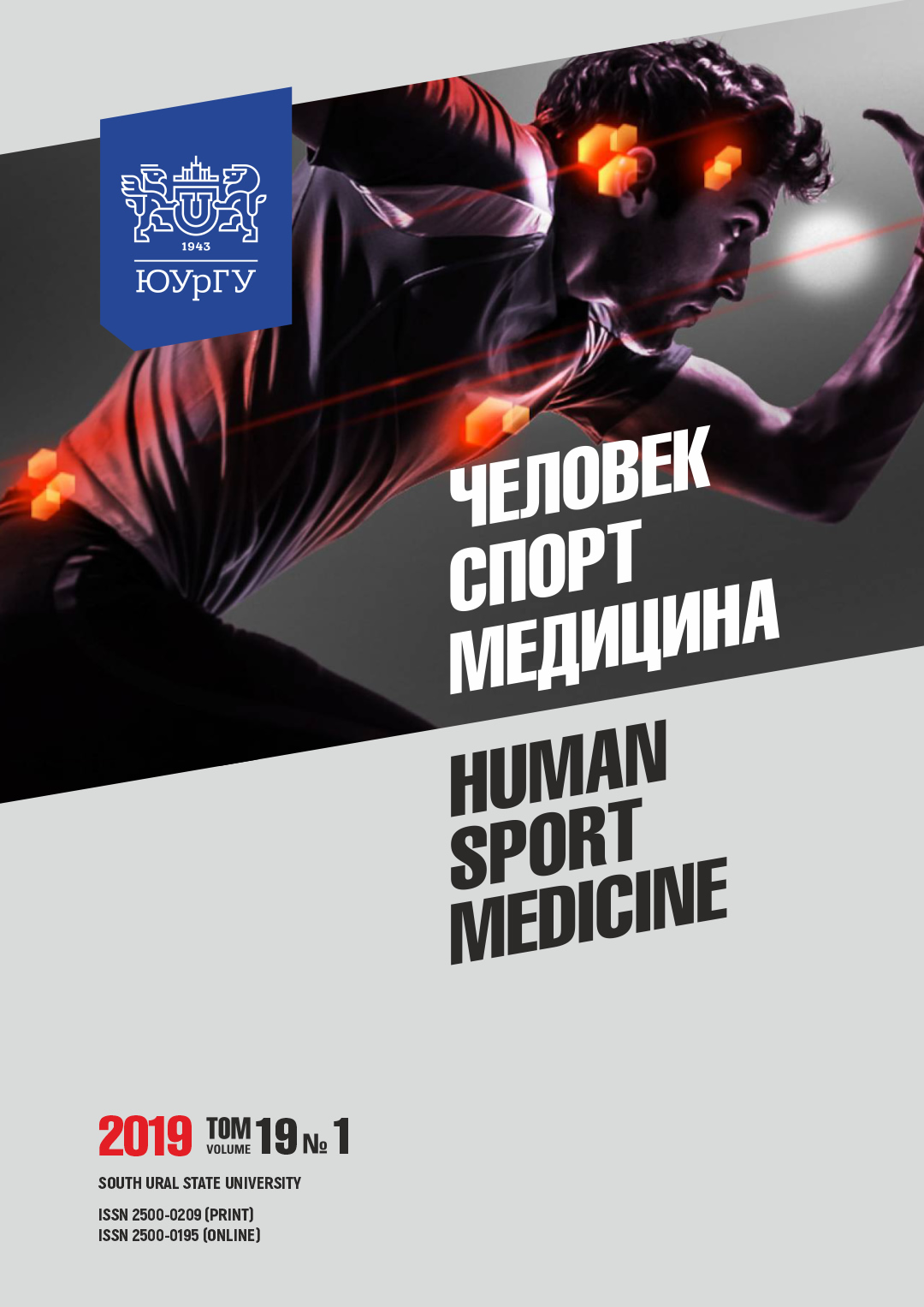FEATURES OF JOINT MOBILITY IN SKIERS AND SKATERS
Abstract
Aim. Different sports have an ambiguous effect on joint mobility. This article deals with identifying the characteristics of limb joint mobility in skiers and skaters. Materials and methods. 46 athletes (27 skiers and 19 skaters) aged 18–24 participated in the study. All athletes had no complaints regarding their musculoskeletal system. The volume of movements in limb joints was measured with a goniometer. When measuring the angles of flexion and extension of the wrist, as well as plantar flexion and extension, the amplitude was estimated both in active and passive motion. The data obtained were processed with Statistica 10.0 application package and nonparametric statistical methods. Results. In all parameters of the wrist joint (except for passive flexion), statistically significant greater mobility was revealed in skiers (p < 0.0001). The amplitude of active knee flexion was prevalent in skaters (p < 0.0001). Plantar flexion / extension (both active and passive) was also higher in skaters (p < 0.0001) than in skiers. The function of the ankle joint in skaters bears the imprint of a stable motor specialization, which is manifested in the extremely high amplitude of foot extension. In both groups, the angle of wrist flexion, the angle of retraction in the hip joint and the angle of plantar flexion exceeded the norms. This is because these joints are the most used both in skiers and skaters. Conclusions. The features of joint mobility are associated with specific athletic shoes and locomotor specialization for skiers and skaters. Skiers demonstrate the increased mobility of wrist joints, while skaters possess the increased mobility of the knee and ankle.
References
References on translit
Copyright (c) 2019 Human. Sport. Medicine

This work is licensed under a Creative Commons Attribution-NonCommercial-NoDerivatives 4.0 International License.















